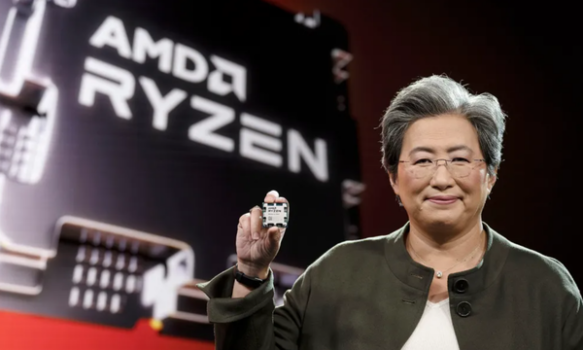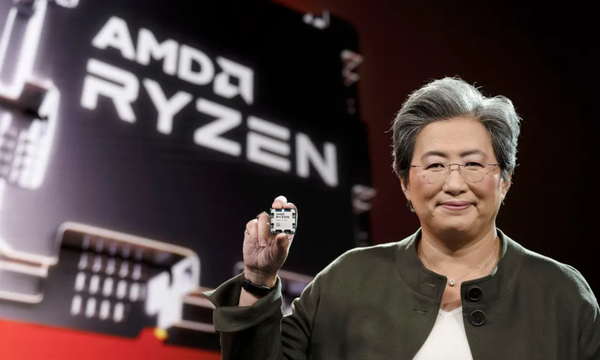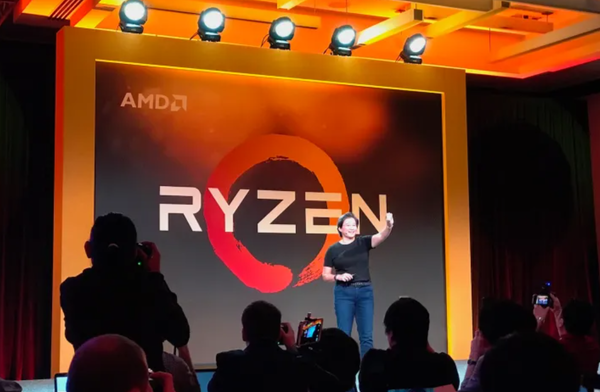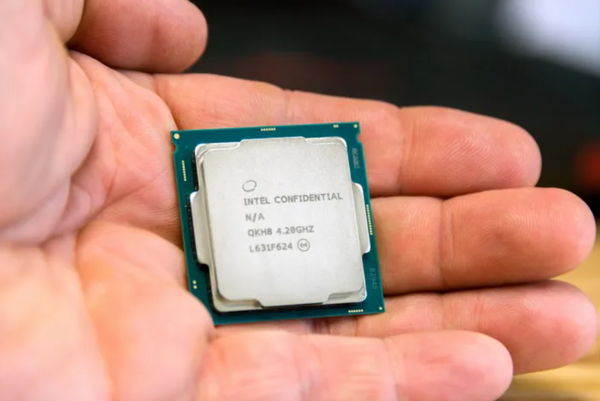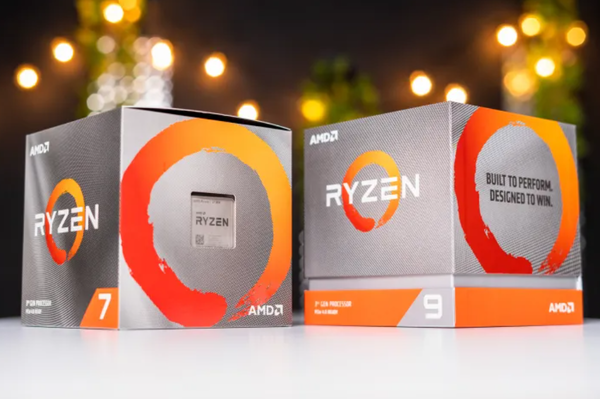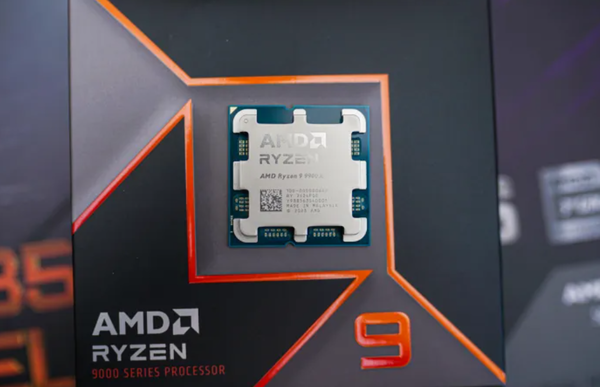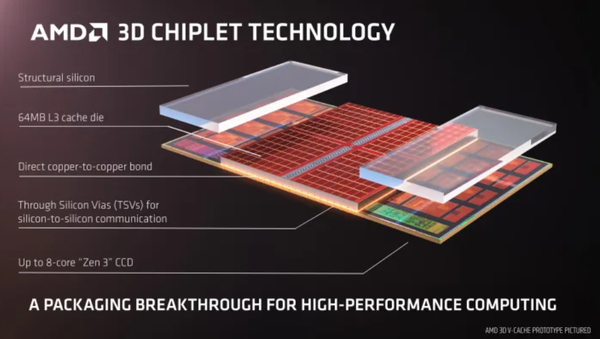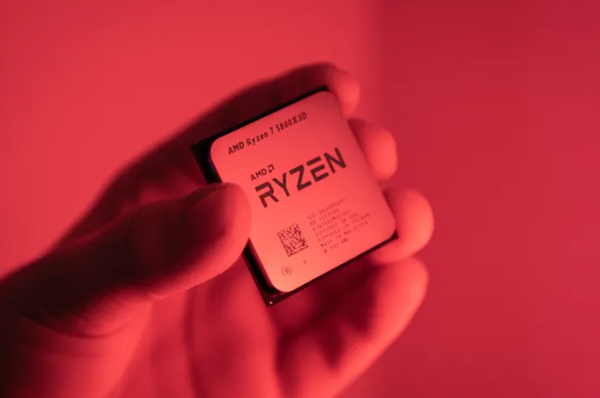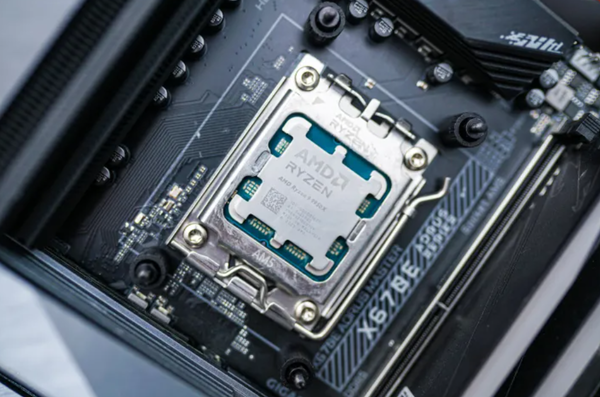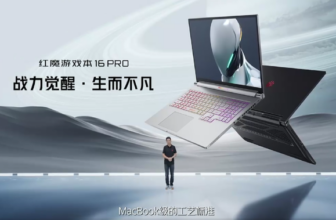For the past seven years, AMD has transformed from a second-tier CPU manufacturer into a dominant force in the industry. With each generation, it has delivered top-tier processors, competing fiercely with Intel and, in many cases, surpassing it. However, the release of the Ryzen 9000 series has sparked concerns. Has AMD become too comfortable, much like Intel in the past?
The Rise of AMD: A Seven-Year Success Story
In 2017, AMD launched its comeback with the groundbreaking Zen microarchitecture. Prior to this, the company had spent years optimizing the Bulldozer architecture, which nearly led to financial disaster. With Zen, AMD shifted focus to improving per-core performance, rather than relying solely on multi-threading advantages. This strategic move allowed AMD to compete directly with Intel’s dominance rather than being known only for its cost-effective alternatives.
Zen’s debut shattered expectations. Originally aiming for a 40% improvement in instructions per clock (IPC), AMD achieved a remarkable 52% IPC boost. While the first-generation Ryzen chips had room for improvement, they marked the beginning of AMD’s resurgence.
At the time, Intel’s progress was slowing. The company had been releasing processors with only minor performance increases—about 5% annually. AMD capitalized on this stagnation, offering competitive performance and more cores at attractive prices. As a result, AMD’s desktop CPU market share grew from just 9% in 2016 to nearly 24% today, according to Mercury Research. Some even predict that AMD could surpass Intel in popularity by 2024.
From Ryzen 2000 to Ryzen 5000, AMD continuously raised the bar, especially in gaming performance. The Ryzen 7 5800X3D and Ryzen 7 7800X3D became top choices for gamers, cementing AMD’s reputation for high-performance CPUs.
The Ryzen 9000 Series: A Cause for Concern?
With the Ryzen 9000 series, AMD announced a modest 16% IPC increase—significantly lower than the original Zen’s 52%. Performance gains over the previous generation appear minimal, leading some to question whether AMD is following Intel’s past strategy of incremental upgrades.
To be fair, developing new architectures is increasingly challenging. Shrinking process nodes and rising production complexity make it difficult to achieve major performance leaps. However, AMD’s recent trajectory does raise concerns that it may be stagnating.
The Role of 3D V-Cache Technology
AMD’s 3D V-Cache technology has been a game-changer, particularly in gaming. The Ryzen 9 7950X3D delivered impressive results, excelling in both gaming and productivity. Similarly, AMD has demonstrated the benefits of 3D V-Cache in its Epyc server CPUs, proving its potential across multiple workloads.
However, AMD’s release strategy raises questions. The Ryzen 9000 series will not feature 3D V-Cache at launch, mirroring what happened with Zen 4. Consumers may once again hold off on upgrading, waiting for the 3D V-Cache models. Given the lukewarm response to the Ryzen 9000 series, would it have been wiser for AMD to release these high-performance variants from the start?
Pricing Strategy: A Step Backward?
Another critical factor is pricing. AMD has a history of adjusting CPU prices post-launch, and the Ryzen 9000 series is no exception. The company has already lowered retail prices to better reflect real-world market conditions. Additionally, previous-generation Ryzen CPUs have seen significant discounts, making them a more attractive option for budget-conscious buyers.
This strategy is reminiscent of Intel’s approach with its 13th and 14th-generation CPUs. Since the 14th-generation chips offer only minor improvements, many consumers opted for the cheaper 13th-generation models instead. AMD now faces a similar challenge—why buy the Ryzen 9000 series when last-generation CPUs offer better value?
Is AMD Repeating Intel’s Past Mistakes?
The Ryzen 9000 series is just the first release in a new generation, so it’s too early to conclude that AMD is stagnating. However, there are signs that the company may be slowing down. The incremental performance gains, delayed 3D V-Cache models, and aggressive pricing adjustments suggest a shift in strategy.
AMD has positioned Zen 5 as a major architectural leap, which could bring more substantial improvements. If so, the current situation may just be a transitional phase rather than a long-term trend.
However, competition is heating up. Intel’s Arrow Lake CPUs are on the horizon, and if they deliver strong performance gains, AMD could face serious pressure.
Conclusion: A Temporary Setback or a Long-Term Issue?
AMD’s journey over the past seven years has been remarkable. It went from a struggling competitor to an industry leader, reshaping the CPU market in the process. However, the Ryzen 9000 series marks a shift—whether it’s a temporary stumble or the start of a new pattern remains to be seen.
As AMD navigates this critical phase, the industry will be watching closely. Will the company continue to innovate aggressively, or will it follow Intel’s past pattern of incremental improvements? Only time will tell, but one thing is certain—consumers will demand more than just small performance gains to stay loyal to AMD.
